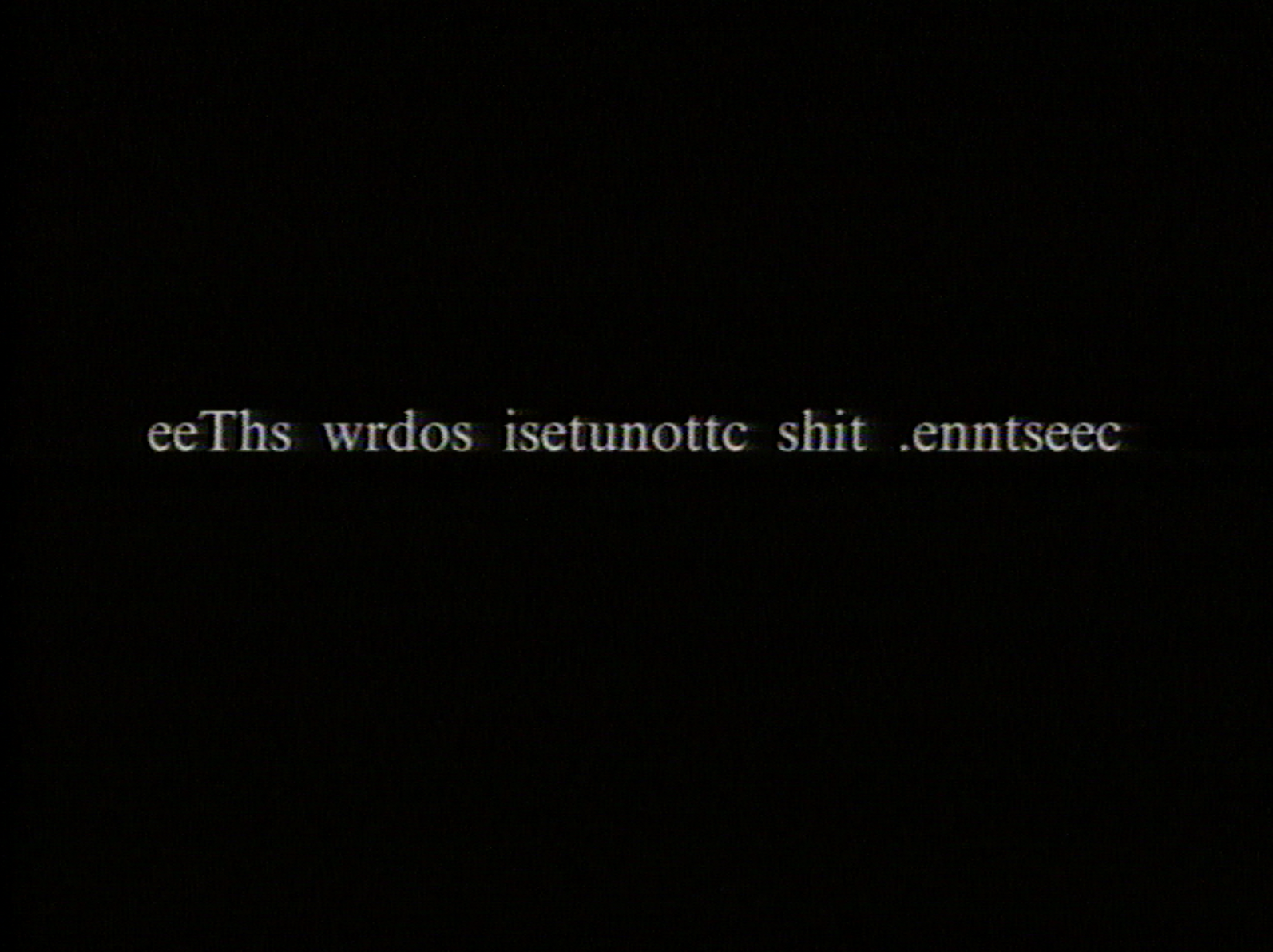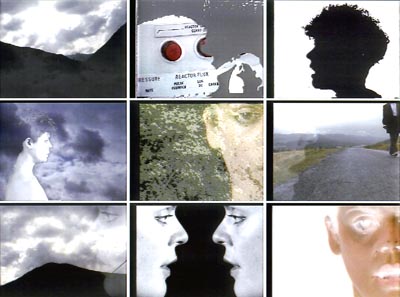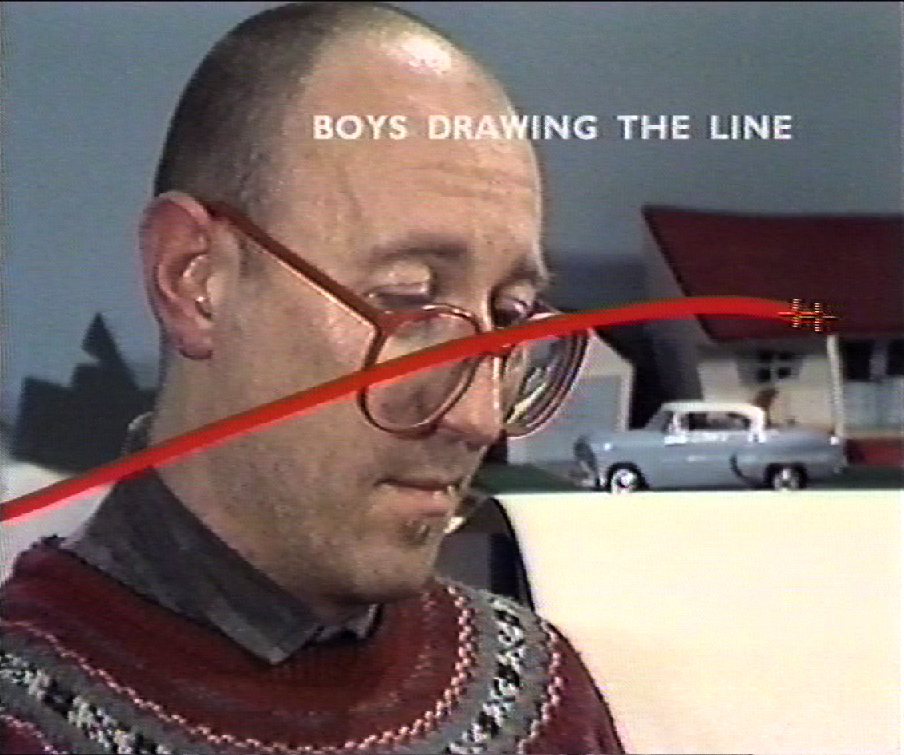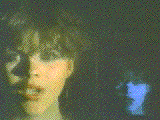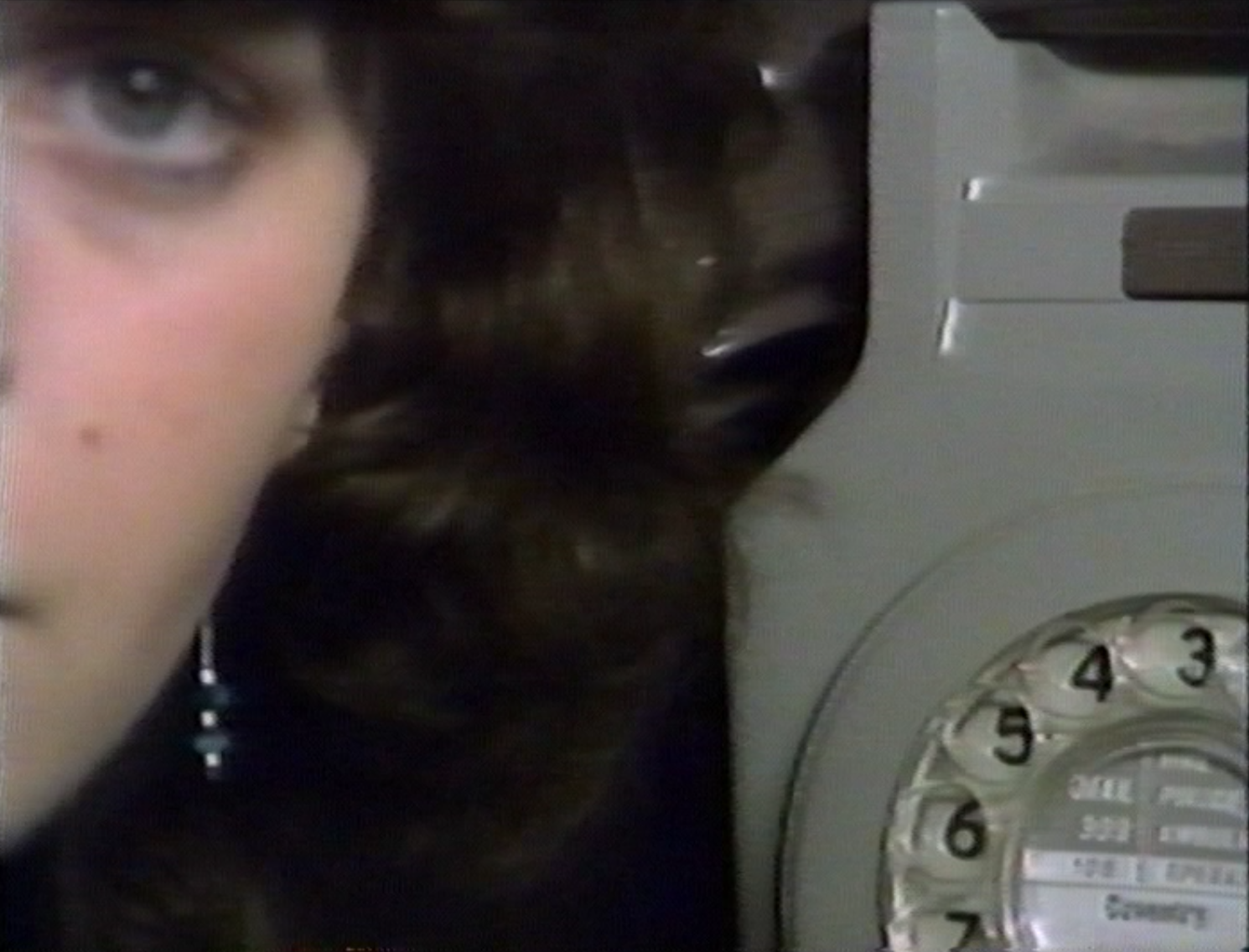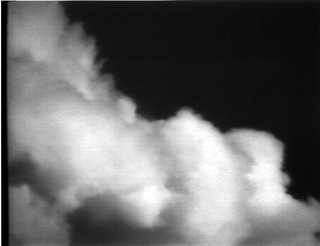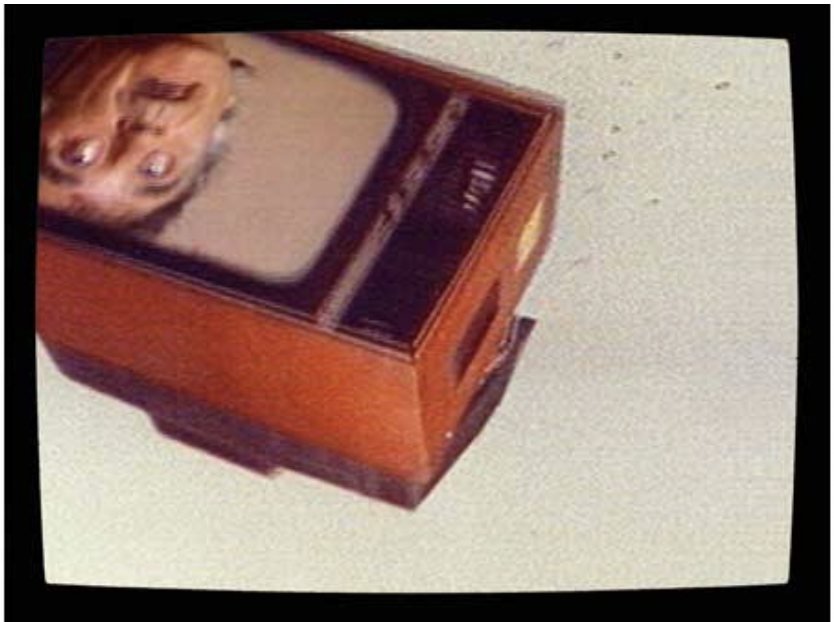“Some of these ideas are drawn out in their purest form by the Sentences series, 1988-93, in various languages and formats. The hints of linguistic philosophy, its word-games and literalness, which permeate the earlier works, are here centred on screen. The sentences in the cycle are self-referential tautologies, near-complete propositions which encompass all their elements – including graphic signs such as full stops. The digital play of letters is complements by a pop-mix soundtrack, so that the austerity of the printed word enters a more demotic or popular sound-space, …
Continue reading “Sentences (1988-1993”
“As a pure example of ‘landscape video’ in Partridge’s output, Interrun is in the larger tradition of landscape art – and on the grand scale. It also shares the radical revisioning of landscape pioneered by such structural filmmakers as Chris Wrelsby and William Raban, but is more specifically preceded by a Partridge-Cunningham landscape video made with singer and performer Mary Phillips, Vide Voce, 1986. Coincidentally, structuralist like Raban and Welsby also questioned the ecological and political aspects of landscape in their films of the 1980’s and thereby took their earlier work beyond their original goal of pure observation. …
Continue reading “Vide Voce (The Threes in The Four)”
‘1001 Boys Games was based on a poem written by the painter John Yeadon in 1983. It combines computer-generated drawings by Yeadon from his Impossible Lovers series, with animation and digital video effects in a stream of images complementing the narration of the poem by the dramatist Tom McGrath. In addition to conventional camera-originated material and artwork, a Quantel Paintbox and a BBC micro computer were used to create the hundreds of ‘cells’ featured in the work.’ …
Continue reading “One Thousand and One Boys Games (1984)”
‘Made in response to a cassette full of soundworks sent to me by David Cunningham sometime in 1981. The ones I used were titled “Voice”, “Body “, and “Rapid”. David went on to use them as different versions on his CD “GhostDance” and “voiceworks” and forgot about the versions he had sent to me-although he did use images from “The Sounds of These Words” for the front and back covers of “voiceworks”. …
Continue reading “Soundtapes (1982)”
‘A second sequence of a walking woman (a key theme in art from Duchamp to Giacometti and Michael Snow) asserts actual space, here an art school corridor, and then depicts closely related staggered shots of a woman repeatedly crossing her legs until a final glimpsed moment of voyeuristic revelation.’ Al Rees …
Continue reading “Black Skirt (1979)”
‘All concepts undergo historical change, and the concept of narrative has shifted since this piece was made. Watching an artwork concerned to open out the narrative devices utilised by mainstream film, it is interesting to ask whether what at the time it was made might have seemed a deconstruction of the structure of narrative could now be seen as no less narrative in its construction than mainstream films made today, or indeed the films it sought to deconstruct. …
Continue reading “Interplay (1980)”
“When Partridge began to explore the then new-fangled edit-suite in the late 1970’s, he incorporated all these elements and added to them the montage film tradition (suitably altered) at a time when extreme duration and the single take were still seen as defining the nature of video as against cinema. This was far-sighted in staking out the artist’s claim to, so to speak, cut and paste videotape well ahead of its commercial exploitation in advertising and television. …
Continue reading “Episodes-Interposed (1979)”
‘All these early black & white videotapes were made on 1/2 inch reel-reel open tape video recorders. Editing was achieved by roughly cueing up a player and recorder, marking with a white film-crayon, winding back as accurately as possible for a pre-roll, than engaging play. You hoped to press the edit button at the right time (or place) and that it would be releatively ‘clean’ . It was a hit&miss affair and certainly had little to do with film-style montage – …
Continue reading “Interlace”
‘All these early black & white videotapes were made on 1/2 inch reel-reel open tape video recorders. Editing was achieved by roughly cueing up a player and recorder, marking with a white film-crayon, winding back as accurately as possible for a pre-roll, than engaging play. You hoped to press the edit button at the right time (or place) and that it would be releatively ‘clean’ . It was a hit&miss affair and certainly had little to do with film-style montage – …
Continue reading “Crosspoints”
Five works commissioned by MTV Networks were transmitted unannounced, internationally, and repeatedly throughout 1994 between scheduled programmes.
reacTV: ‘In reacTV there is abjection, rats…. and vacating doves’
contexTV: ‘In this second piece the back of a TV set with superimposed images fills the screen as a voice repeats ‘this is a this is a this’, each time with differing inflections.’
exiTV: ‘In the third piece television accelerates from its beginnings to its demise.. …
Continue reading “TV Interruptions 93”
